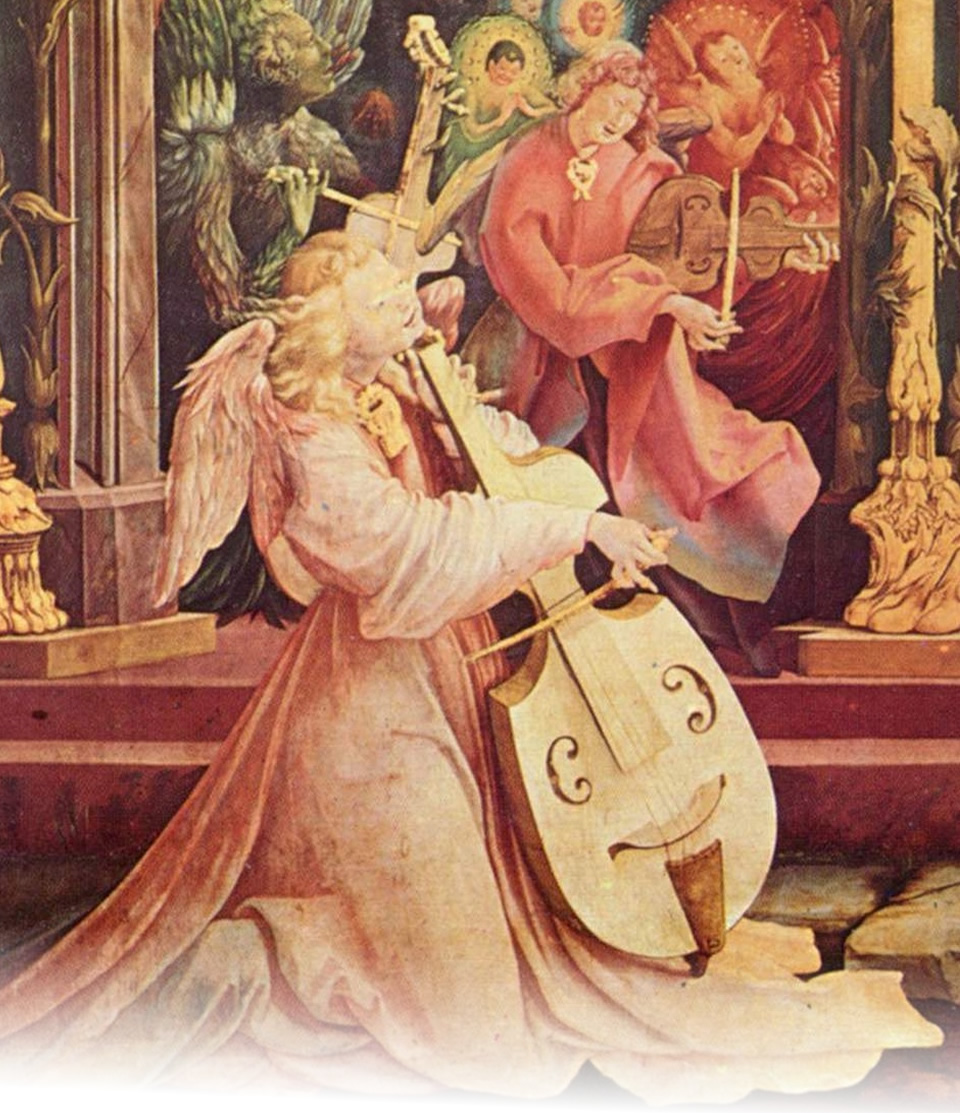 We have been running The Marais Project (www.maraisproject.com.au) for 15 years. Our musical focus would be considered rather abstract to so-called every day Australians. Much of the repertoire we present was written for the viola da gamba during the French baroque period over 250 years ago. Yet through the past decade we have done more than just survive, we’ve thrived. We are small. But we are beautiful.
We have been running The Marais Project (www.maraisproject.com.au) for 15 years. Our musical focus would be considered rather abstract to so-called every day Australians. Much of the repertoire we present was written for the viola da gamba during the French baroque period over 250 years ago. Yet through the past decade we have done more than just survive, we’ve thrived. We are small. But we are beautiful.
Our organisation gives around 20 income generating concerts a year to adults and a further 80 or so per year to children through the Musica Viva in Schools program via our Sounds Baroque ensemble. Yet in our corner of the world there is no government funding, no advisory board and no identifiable organisational bureaucracy.
Given the above, we’ve set our sights high, created new audiences and engaged a variety of jazz and world musicians in the once exclusive circle of early music. Along the way we have self-commissioned some 20 new Australian works for the viola da gamba. We’ve also leveraged social media. There are 33 videos on our You Tube channel and we’ve had nearly 20,000 unique views of our material. Most of our annual concert series events sell out. Two of our four CDs have been “CD of the week” on ABC Classic FM often beating off local and international colleagues with vast organisational backing behind them.
But to arts policy makers and many in the arts industries, we and other musical small fry are invisible. We really don’t exist. We believe that most of the arts funding and policy structures in Australia are biased to size. If you are small, the emphasis is on growth. In contrast, we never expect to be much bigger than we are now and our plans reflect that fact. Our non-musical costs are low and we want to keep them that way.
If small groups are successful in grantsmanship they are typically expected to develop a business plan, a marketing plan and a fundraising plan based on the assumption that growth is possible and necessary. Grant-holders quite rightly have to report on grant expenditure and that takes time and money. In all of this important but busy work, no artistic outcomes are created; no new artistic jobs are introduced. It’s all infrastructure, not art. Infrastructure is of course important. We need roads, railways lines, dams and sewage. But physical infrastructure does not make a society any more than organisational infrastructure makes art.
In contrast, a huge proportion of all government arts grants received by major arts companies are expended on administration, marketing and branding, not on artists and artistic works. Open any arts magazine or visit your local arts www site and observe the jobs that are being advertised: project managers, executive officers, marketing directors, gallery directors, curators and philanthropy roles leap out at us. Look at the staff list in the annual report of any major funded music ensemble. Sometimes administration jobs almost outnumber permanent artists on the payroll. On the other hand, ads for salaried painters, musicians, writers and film-makers are so rare as to be non-existent.
What can be done?
Leaving aside the fate of block-funded musical behemoths such as Opera Australia, Musica Viva, the symphony orchestras, the Australian Chamber Orchestra and the University Music Faculties – who are daily advancing their role as arts philanthropists via PhD scholarships and the like – how can we increase the flow of quality music without increasing non-musical costs?
The unencumbered small grant
 I wish no harm on the musical behemoths but I would like to see more attention given to cultivating those who are small, organisationally modest, strategically nimble and artistically effective. Enter the $10,000 unencumbered grant. By unencumbered I mean that if you meet certain criteria for artistic interest, the production of artistic events and fiscal propriety, you get access to one of, say, 250 grants of $10,000 per year with minimal requirements for paperwork, plans or reporting.
I wish no harm on the musical behemoths but I would like to see more attention given to cultivating those who are small, organisationally modest, strategically nimble and artistically effective. Enter the $10,000 unencumbered grant. By unencumbered I mean that if you meet certain criteria for artistic interest, the production of artistic events and fiscal propriety, you get access to one of, say, 250 grants of $10,000 per year with minimal requirements for paperwork, plans or reporting.
Why $10,000? $10,000 would cover nearly all the annual non-artistic costs of most small musical ensembles and groups. It would pay for a www site, brochures, social media advertising, a promotional video, a new lap top every now and again along with accounting fees. At a careful pinch it would even cover an artistic experiment that would otherwise be funded from our own pockets.
The rules
$10,000 would NOT cover a secretary, rent or the like. But paradise would be time-limited. You get your $10,000 for 3 years only with no extensions. Once 3 years is up you can’t apply again for another 3 years. Our world would change tomorrow if $10,000 happened today.
Where would the funding come from? If I were mean I would suggest funding this new largesse for the small by taxing the large. An efficiency dividend of, say, 10% could apply to the artistic behemoths. But that would only shrink the already shrunken pie so I am open to other suggestions!
Philip Pogson
Philip trained in Australia and Europe as a classical musician but left music in his late 20s to work as a manager. For the past 15 years he has found his purpose as the owner and director of a strategic advisory consulting firm. He runs The Marais Project and Sounds Baroque with his wife, viola da gambist Jennifer Eriksson.
